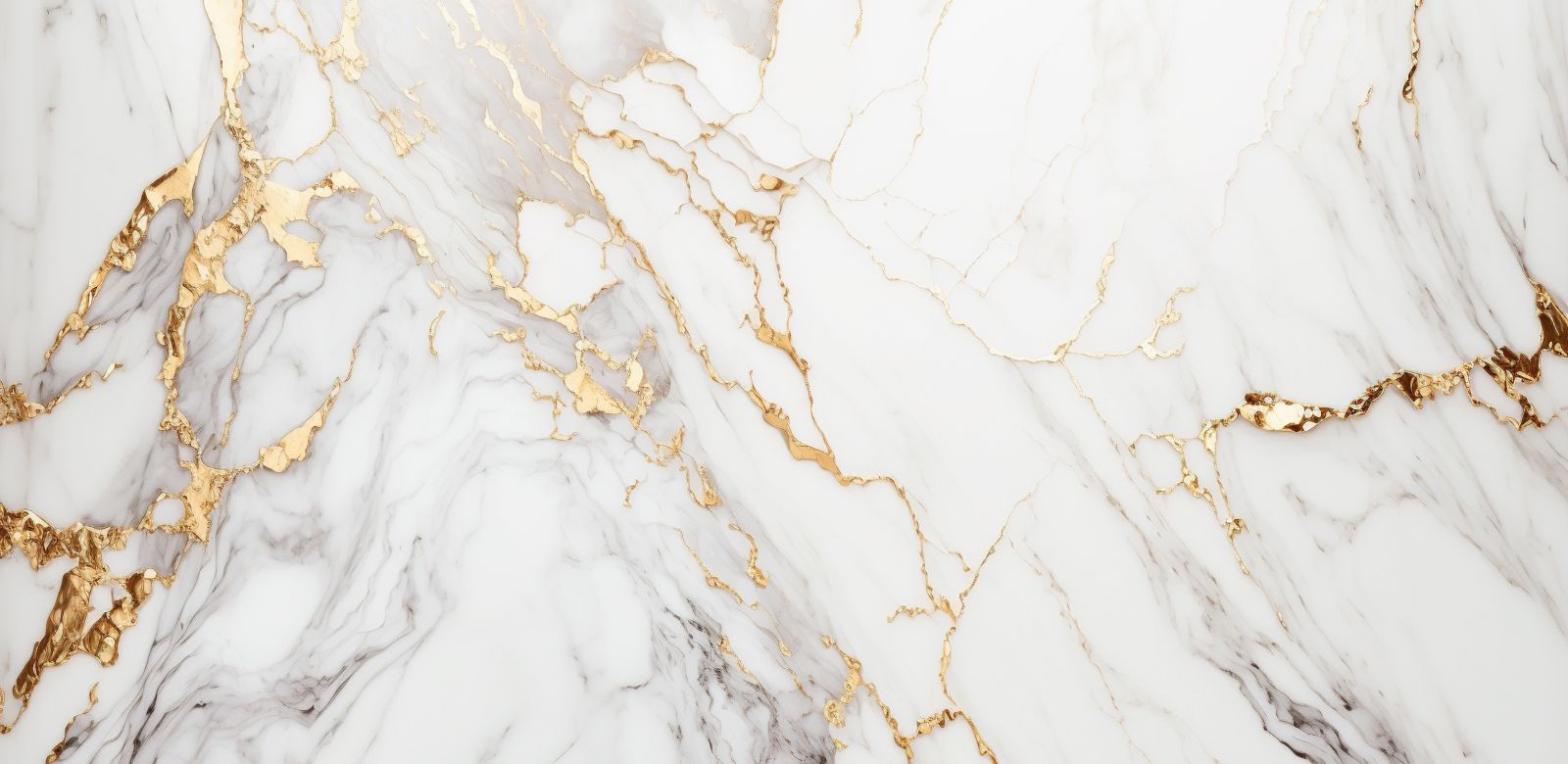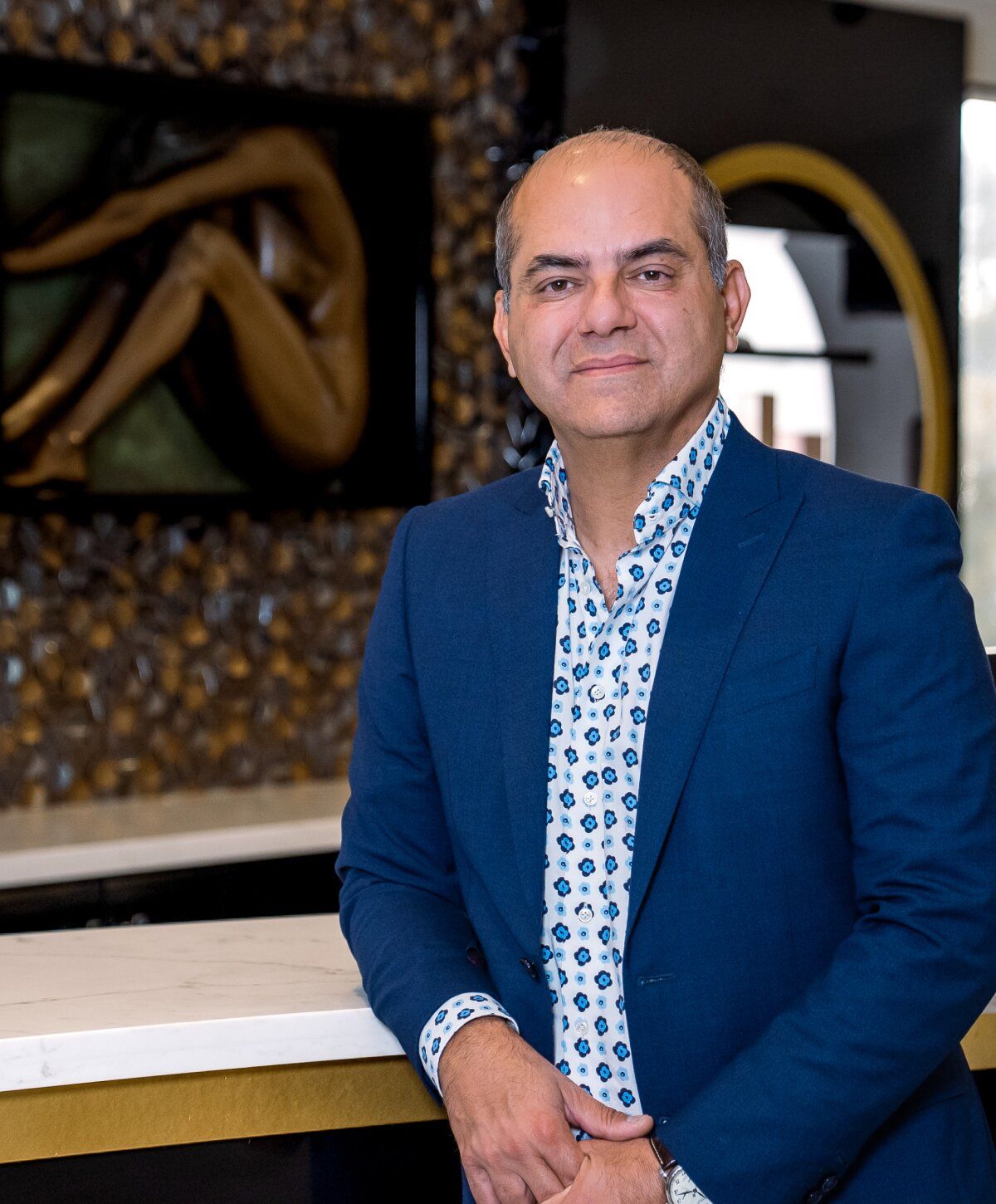



When it comes to breasts, bigger is better… Or is it? While it is undeniable that women with ample bosoms tend to attract the male gaze, surveys show that most people — men and women alike — actually prefer average-sized, natural-looking breasts. If you have an hourglass-shaped body, moderately-sized breasts would look good on you. Pear-shaped body types will also look great with moderate breast sizes, as they will complement your full hips and waist. In other words, when it comes to body aesthetics, you have to think of the bigger picture. Fortunately, there is a procedure that allows you to increase your breast size and balance your body proportions at the same time.
A Newport Beach breast fat transfer performed by Dr. Siamak Agha, one of SoCal’s top board-certified plastic surgeons, is all you need to hit two birds with one stone. And it is not just the size of your breasts that attracts others. Proportions matter as well when it comes to breast size. For instance, a pear-shaped body would benefit from full and sizable breasts, as they can balance your body shape. The same goes if your body is rectangle-shaped since full breasts can add a noticeable curve to your shape.
Continue reading this article to learn more about this natural way of breast augmentation.
1 of 10
Each of your breasts is made up of breast glands and fat. Although the percentage of fat and glands in the breasts largely varies from woman to woman, it’s the amount of fat that mainly determines the size of the breasts. With breast fat transfer or breast lipoaugmentation, you can increase the amount of fat in your breasts in two steps:
Your plastic surgeon harvests fat cells from areas of the body that have excess fat — such as your love handles or abdomen — using a specific liposuction cannula. The harvested fat is then washed, processed, and refined before being transferred to small syringes.
The purified fat is then injected into the overlying breast fatty layer using blunt infiltration cannulas. To shape your breasts, Dr. Agha layers the fat into different levels until he achieves your desired breast contour.
Using the patient’s own fat to enlarge and reshape the breasts isn’t a new procedure. In fact, for more than a century, plastic surgeons have used the patient’s own fat (autologous fat) to enlarge and reshape breasts.
But in spite of the sheer number of scientific reports, many plastic surgeons were still wary of doing this procedure for many years. It was only in 2012 that the American Society of Plastic Surgeons (ASPS) revisited fat grafting for breast augmentation, pointing out that breast fat transfer can safely produce natural-looking breasts for patients who need breast augmentation or breast reconstruction.
Breast fat transfer is recommended for women looking to have a small to moderate increase in their breast size, thus producing natural-looking results. A single breast fat transfer procedure can increase your breast size by about one cup size in the hands of an expert breast fat transfer surgeon like Dr. Agha.
As one of the early adopters of this technique, Dr. Agha has performed many breast fat transfer surgeries in Newport Beach since 2007 and has developed his own scientific method for obtaining permanent breast shape and augmentation.

Perhaps the lingering question that women are thinking of when it comes to breast fat transfer is, how big can you go
Keep in mind that there is no standard limit to how much fat can be transferred into each breast. However, one factor that has to be considered is the amount of breast tissue and blood supply that the breast has in order to support the survival of the transferred fat cells.
After all, these fat cells appear to survive best when placed inside breast fat cells. That is why Dr. Agha places the transferred fat cells under the breast skin and within the breasts’ fatty layer.
In Dr. Agha’s experience, the volume of the transferred fat cells and the existing breast tissue have to be comparable. For instance, if you start with an A-cup breast, you can add enough fat to make it one cup size bigger, putting a 1:1 ratio for the supporting breast tissue and transferred fat cells. That means that if you start with a B cup size, you can typically go 1 ½ cup sizes larger, as more fat can be added to your base breast fat. A larger C-cup breast can even accommodate and support more fat cells.
If you want to go from an A cup to a D cup, then the breast fat transfer procedure can be repeated two or three times to achieve your goals. Another option is to pre-expand the breasts first for several months using special pre-expansion devices to increase the supporting tissue volume and circulation within the breast, allowing them to support larger amounts of fat cells. The downside to this process is that the surgery will not be completed all at once. If you want a one-time breast augmentation fix, then going for breast implants is the better option.


Many procedures have standardized techniques. But when it comes to breast fat transfer, there is no recommended or standardized method, and every plastic surgeon uses his or her own technique.
Successful, permanent breast enhancement with fat transfer is a technique-dependent procedure. That means that every detail and step used to harvest and transfer the fat is important in the survival of the fat cells, ultimately resulting in the permanency of the enhancement.
Thus, to achieve the natural-looking breast contour that you desire, you need to choose a highly skilled and experienced plastic surgeon who has already developed his unique and proven process for breast fat transfer.
As a scientist with a Ph.D. in Molecular Biology and Fat Cell Research from Cambridge University, Dr. Agha has spent many years determining the best conditions for fat cell retrieval, processing, and transfer.

The fact that Dr. Agha has been performing breast fat transfer at Newport Beach since 2007 has allowed him to perfect his technique. Here are the unique things that Dr. Agha does in his signature breast fat transfer:
Combine Dr. Agha’s invaluable experience and aesthetic eye with his years of training at Cambridge University, and you get a board-certified plastic surgeon who definitely knows breast fat transfer inside and out.

Breast fat transfer typically consists of two steps — liposuction and fat transfer.
Like any fat transfer surgery, the outcome of this procedure is highly dependent on your choice of plastic surgeon, their fat cell harvesting and transfer techniques, and overall experience.
Read on to learn more about Dr. Agha’s process for giving you natural-looking breasts.
The preparation for breast fat transfer surgery typically follows other breast surgeries.
You will be put under general anesthesia by a board-certified anesthesiologist.
Tumescent Liposuction:
For breast fat transfer, Dr. Agha performs low-pressure tumescent liposuction to obtain fat cells, also known as adipocytes. This is crucial for fat cell survival because other liposuction methods — like the standard high-pressure tumescent liposuction, Vaser or ultrasound-assisted liposuction, and smart or laser liposuction — can harm fat cells.
First off, Dr. Agha injects tumescent fluid (a mixture of saline, local anesthesia, and epinephrine) directly into the area to be liposuctioned. The solution makes fat firmer and easier to remove. It also temporarily shrinks the blood vessels, reducing blood loss and bruising.
He then creates incisions measuring a quarter-inch or less on the area where fat will be harvested. These incisions are tiny enough to insert a narrow tube or specialized liposuction cannula directly into the fat deposit.
It is crucial to use the right cannula size to avoid damaging the fat cells. The cannula is connected to a suction tube attached to a vacuum-like device.
Dr. Agha then removes fat from the selected area of your body using gentle, low-pressure liposuction to protect the living fat cells. He repeatedly moves the cannula back and forth to loosen up the fat cells before suctioning them gently.
The liposuctioned fat is then washed with an antibiotic solution to remove medications, blood, and excess fluid. It is then carefully processed and placed in syringes for fat transfer.
Needless to say, you must have enough fat in different areas of your body to serve as the source for the fat graft needed if you want to achieve optimal results. At least 1,000 ml of pure fat should be liposuctioned.
Tumescent liposuction usually takes 1-2 hours, depending on the size of the treated area.
Now placed inside small syringes, the harvested fat is injected into the breasts as small droplets or micrografts. Micrografting can help spread the transferred fat cells among living fat cells, ensuring they get enough oxygen and nutrients from adjacent cells. Doing so helps a large percentage of the fat cells remain viable long enough to become permanent by developing their own blood supply. This ultimately dictates the final result of your breast fat transfer.
To perform the microinjections, Dr. Agha uses specialized instruments and techniques to properly place the fat droplets where needed while maximizing their blood supply.
For a simple breast augmentation, Dr. Agha uniformly augments all the breast quadrants to achieve an even breast size. If one breast is smaller than the other, Dr. Agha will transfer more fat into the smaller breast to make them even.
However, expect that approximately 40% of the injected fat would resorb after your breast fat transfer. To counter this, Dr. Agha usually exaggerates grafting to increase the percentage of fat cells that survive.
Once the micrografted fat develops its new blood vessels at about 6-8 weeks after the procedure, you can expect only a minimal to no loss of volume loss moving forward.
If you want to get your breasts reshaped, Dr. Agha injects the fat selectively in certain breast areas to make them rounder, fuller, and perkier.
Right after the procedure, your treated areas will be covered with compression garments and bandages to minimize swelling and provide support. You can typically go home about 1 hour after the procedure, as it is commonly done on an outpatient basis in an ambulatory surgical facility.
Dr. Agha takes the time to know you as a person and fully understand your specific goals. He is a dear physician who communicates clearly and concisely.
— Lesley L.

Getting breast fat transfer gives you the following results:
Since not all the fat transferred to your breasts is bound to survive, a second fat grafting session may be necessary to achieve your desired results.
Breast implants enhance the size and volume of your breasts, but they cannot reshape the form and contour of your breasts.
That is where breast fat transfer comes in. While the implant is best used to augment size, breast fat transfer is most beneficial in enhancing the size, shape, and form of your breasts, contouring them from the chest wall to the skin. You can even contour the other parts of your body, as unwanted fat is taken from other areas and placed into your breasts.
Breast fat transfer can be used to selectively increase certain areas of the breast more than others. For example, if you want upper breast fullness or cleavage, breast fat transfer can help you achieve a rounder and fuller breast shape. This cannot be done selectively with a breast implant, which would increase the whole breast volume.
Breast fat transfer is also an excellent choice for correcting uneven breasts. Whereas implants would only change breast size, breast fat transfer involves injecting fat into uneven areas while maintaining a natural look.
Fat can be injected to make a smaller breast match the larger one or make a narrower breast match a wider one. You can also add a breast tail with breast fat transfer.
Furthermore, you can correct minor deformities of the chest wall or rib cage through fat transfer, like the depression of the breastbone or sternum or breast abnormalities that a patient is born with. In other words, breast fat transfer offers a versatile means of shaping your body and augmenting your breasts by taking unwanted fat from various areas and placing it into your breasts as wanted fat.
Another advantage of breast fat transfer is its low associated risks. Unlike breast implants, breast fat transfer does not pose risks like implant leakage, deflation, migration, rippling, visibility, and capsular contracture. However, you can pair fat transfer with breast implants to cover breast implant ripples, further increase breast size, enhance cleavage or shape, or correct breast asymmetry.


Here are the reasons why you might prefer getting breast fat transfer instead of the usual implants.
Some of the things you need to consider before getting breast fat transfer include:
Please read the general information on recovery after breast surgery and after liposuction.
Though it would take a few days for your recovery from liposuction, the actual breast fat transfer procedure causes minimal pain.
Expect to experience mild swelling and bruising of the liposuction sites for the first 7-10 days. Your breasts might also feel slightly sore from fat injections.
If you experience discomfort, you can take the oral pain meds that Dr. Agha would prescribe to you.
Do not sleep on your stomach while you’re recovering to avoid placing pressure on your breasts and ensure the viability of the transferred fat.
DO NOT apply ice to the breasts since this can damage the transferred fat cells.
To increase fat cell survival, you may consider 10 sessions of hyperbaric oxygen therapy. Let us know if you would be interested and we will recommend options.
Check out this estimated timeline of your breast fat transfer recovery:
|
Timeline |
Activity |
|
5-10 days |
Resume normal activities. |
|
1-2 weeks |
Return to work. Dressings removed. |
|
3 weeks |
Strenuous activities allowed. |
|
4-6 weeks |
Exercises and sex allowed. |
|
6 weeks |
Continue with compression garments. |
Breast fat transfer has been extensively studied for its safety, with the ASPS approving it as a breast augmentation option. However, it does pose some risks, like microcalcification, oily cyst formation, and the possibility that some of the transferred fat cells might die and become lumpy.
Learn about the risks involved in breast procedures in this article.
Since you’re essentially getting two procedures in one, breast fat transfer typically costs more than the usual breast augmentation with implants.
The total cost depends on a number of factors, such as the amount of fat liposuctioned, anesthesia, practice location, and the expertise of your plastic surgeon. You also need to take into account the medical tests, laboratory workups, and recovery costs. If you need multiple touch-ups, it would naturally cost more. Breast fat transfer is not typically covered by insurance. Dr. Agha offers financing plans to help you curb the cost of your surgery.
When choosing a plastic surgeon, you should select someone who has extensive experience in a wide variety of breast augmentation methods, including breast fat transfer. They should also be in the know regarding the latest liposuction techniques so that they can efficiently carry out the fat removal process. With Dr. Agha’s over 20 years of experience in plastic surgery, you can rest assured that he will take care of you from consultation to recovery. He will also ensure your utmost safety during the procedure while adhering to your desires and expectations as closely as possible.
Schedule Your Consultation
Get a private and personalized consultation at our beautiful practice in Newport Beach, CA.
3701 Birch St. #200, Newport Beach, CA 92660
By providing a telephone number and submitting the form you are consenting to be contacted by SMS text message. Message & data rates may apply. Reply STOP to opt out of further messaging.
If you would like to know more about how your data will be used, please review our Privacy Policy.